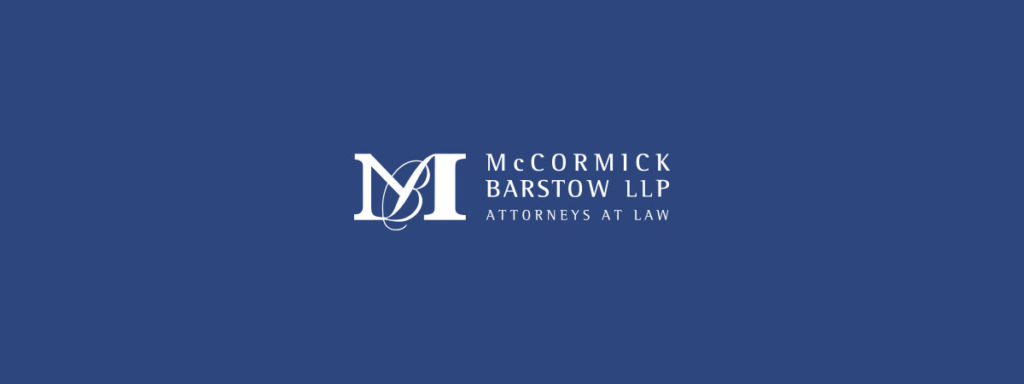Supreme Court Holds Doctrine of Trademark Tacking is a Question for the Jury
On January 21, 2015, the United States Supreme Court, deciding its first substantial trademark case in nearly a decade, unanimously held in Hana Financial, Inc. vs. Hana Bank, et al., that the trademark “tacking doctrine” is a question of fact appropriate for jury determination.
The decision resolves a divide among the Circuit courts, with the Federal and Sixth Circuit previously holding that the tacking doctrine is a question of law, to be resolved by a court, and the Ninth Circuit holding the doctrine is a question of fact, to be resolved by the jury.
THE TACKING DOCTRINE
The tacking doctrine evolved to allow a trademark owner to change or modernize an existing trademark over time without disturbing priority rights. In trademark law, the first user is said to have “priority” in the mark over subsequent users. Pursuant to the tacking doctrine, however, courts have allowed a trademark user to claim priority back to the first use of the mark even if the user made alterations to the mark over time. The doctrine allows the user to “tack” its use of an altered mark onto its original mark if the altered mark is a “legal equivalent,” creating the “same, continuing commercial impression” so that consumers would consider the original and the altered marks the same trademark.
CASE BACKGROUND
In the spring of 1994, Hana Bank, a Korean entity, established the “Hana Overseas Korean Club” and extended its services into the United States. That summer, Hana Bank published advertisements in several major U.S. cities, which included the name “Hana Overseas Korean Club” in both English and Korean, “Hana Bank” in Korean, and Hana Bank’s logo, known as the “dancing man.” The same year, a Los Angeles-based financial services company, Hana Financial, Inc. (HFI) was established. It 1996, HFI obtained a federal trademark for a pyramid logo, with the words “Hana Financial” for use in connection with financial services.
In 2007, HFI sued Hana Bank alleging trademark infringement of its “Hana Financial” mark to prevent Hana Bank from using its name in the United States. In defense, Hana Bank invoked the tacking doctrine claiming it had priority of the “Hana” name. Initially, the District Court for the Central District of California granted summary judgment in favor of Hana Bank on the basis of its trademark priority.
In 2011, the Ninth Circuit remanded the case for trial, and on remand, the jury returned a verdict in favor of Hana Bank, determining as a matter of fact that it had priority. On appeal, the Ninth Circuit affirmed, finding that tacking is a “fact-sensitive inquiry” and that the jury’s conclusion was reasonable under the facts. Hana Financial v. Hana Bank, 735 F.3d 1158 (9th Cir. 2013).
JUSTICE SOTOMAYOR’S OPINION
HFI appealed to the Supreme Court, where it argued that Hana Bank’s trademark priority should be decided by a judge as an issue of law. The Supreme Court disagreed, holding that the issue of tacking rests properly within the hands of a jury.
In so holding, the Supreme Court discussed the general tacking doctrine that two marks may be “tacked” when the original and revised marks are “legal equivalents” or two marks that “create the same, continuing commercial impression” so that “consumers consider both as the same mark.” Reasoning that the tacking inquiry operates from the perspective of an ordinary consumer and relies upon the ordinary consumer’s understanding of the impression a mark conveys, the Supreme Court determined that application of the inquiry “falls comfortably within the ken of a jury.”
Attempting to overcome the Supreme Court’s conclusion, HFI offered four arguments, all of which the Court rejected. First, HFI contended that the “legal equivalents” test involves the application of a legal standard. In response, the Supreme Court found that the test is a mixed question of law and fact, which has typically been resolved by juries, and that to the extent a jury may improperly apply the relevant legal standard, the solution is to craft careful jury instructions that make that standard clear.
Second, HFI argued that tacking decisions would improperly create new law, a task reserved for judges. Third, and related, HFI claimed jury decisions on the issue would make the trademark system “unpredictable.” The Supreme Court rejected both arguments, finding that the issue of tacking should not be treated any differently than analogous contexts whereby juries answer often-dispositive factual questions or make dispositive applications of legal standards to facts.
Fourth and finally, HFI asserted that as a historical matter, judges have resolved tacking disputes. The Supreme Court was not persuaded, recognizing that the cases HFI relied upon involved bench trials or at summary judgment, contexts in which it is undisputed that a judge may resolve tacking questions. As such, the Supreme Court concluded that “when a jury trial has been requested and when the facts do not warrant entry of summary judgment or judgment as a matter of law, the question whether tacking is warranted must be decided by a jury.”
WHY IS IT SIGNIFICANT?
While the Supreme Court’s opinion is narrow in scope, this decision raises a critical question moving forward: when other and related trademark issues depend on a consumer’s perception, should determination of those issues be decided by a jury? Jury resolution introduces the usual concerns about the jury selection process and the relative unpredictability of jury verdicts. Further, it effectively makes summary judgment and judgment as a matter of law unavailable in all but the weakest tacking cases.
Kelley B. Lowe is an associate attorney in the firm’s Litigation Practice Group and a part of the Intellectual Property strategic business unit. She received her Juris Doctor degree in 2014 from the University of Southern California School of Law. Firm partner Timothy J. Buchanan participated in the review of this article for publication. Mr. Buchanan’s practice areas include the litigation of trademark and other intellectual property rights.

